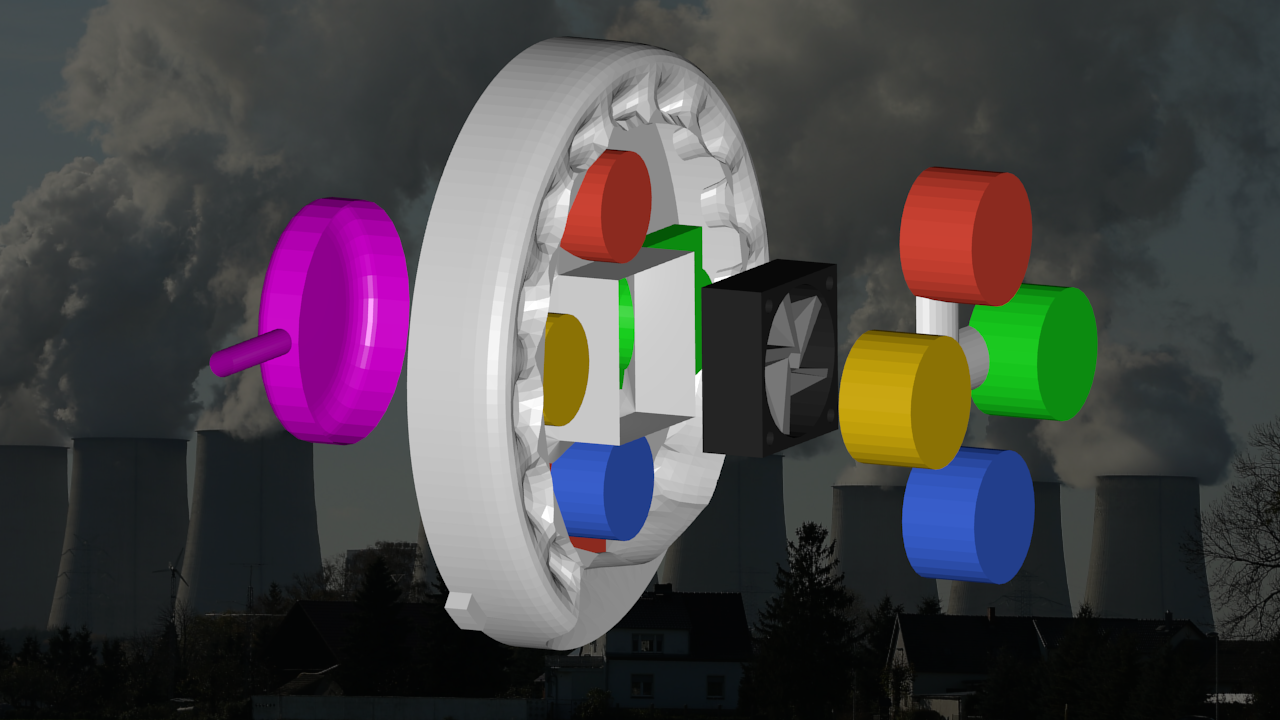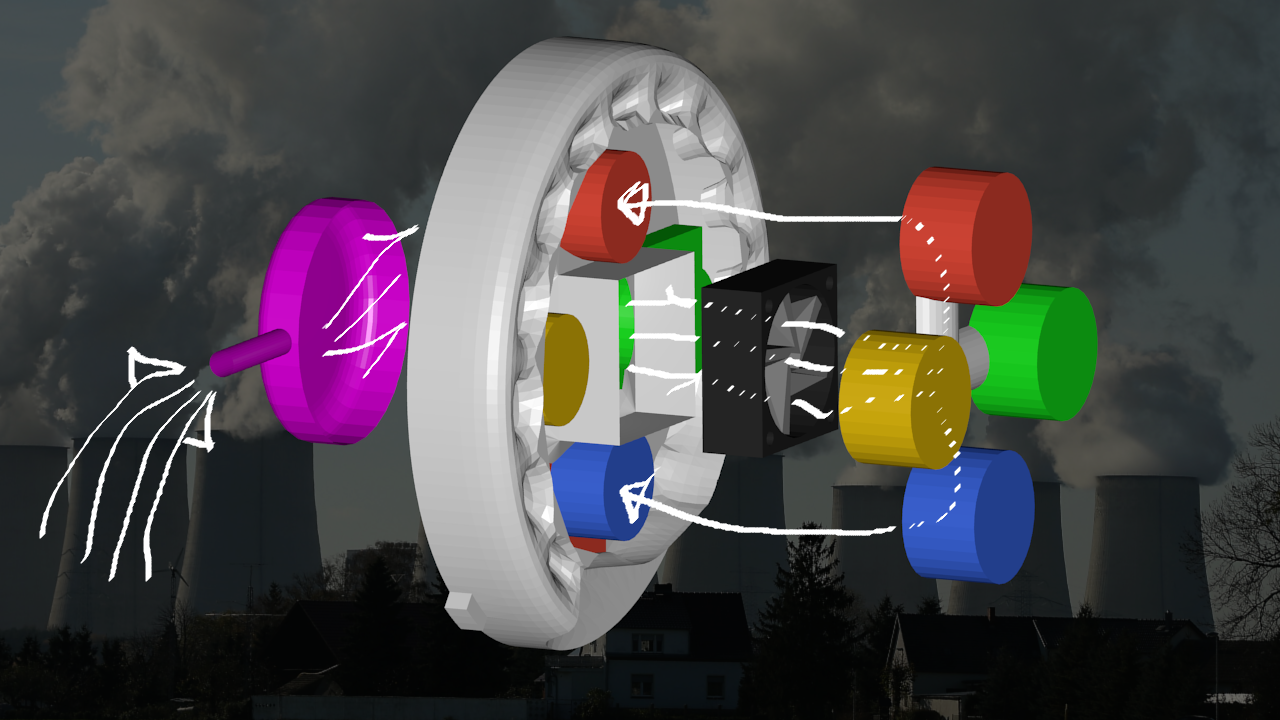I have been meaning to test some of these modules out for a while now... and as I have the InMoov head already assembled, its nose lends its-self to the task, however sneakily its being built into InMoov's detachable ear part (easy for removing and setting up).

The sensors can be seen above located in the main ear (white) assembly.
The Air flow will be picked up through InMoovs nose via some tubing and enters the Purple chamber (left), this feeds through the center of the "Ear" being draw through a miniature fan (black) .
The far right multicolored baffle then diverts the air flow directly (kinda back on its self) onto the gas sensor array.

These are the sensors which will be included into the array
MQ-8 - Hydrogen Gas
MQ-7 Carbon Monoxide
MQ-5 Methane Gas
 MQ-3 Alcohol,Ethanol
MQ-3 Alcohol,Ethanol
 MQ-2 Natural gas, city gas, smoke
MQ-2 Natural gas, city gas, smoke
Also a Pollen detector is in the build..... with some form of OpenCV MRL Blob detector to monitor pollen count.
That's the plan....just awaiting the last of the sensors to arrive.. then I can finalise the 3D print.

Teaching robots how to smell...
I'm curious what outputs the sensors would have if you put a banana in front of them.. vs. a strawberry...
maybe there's a "signature" for different smells that we could derive from these sensors.
for certain , we could identify smoke and alcohol.... so we know if the InMoov is out on the street, it'll be able to find a party somewhere for us...
How would a sniffer for
How would a sniffer for "normal" smells work, and look like? Or would it be a combination of the sensors mentioned?
might also be helpfull to detect smogg, and perhaps a humidity sensor, if the air is too dry?
How would a sniffer for
How would a sniffer for "normal" smells work, and look like? Or would it be a combination of the sensors mentioned?
might also be helpfull to detect smogg, and perhaps a humidity sensor, if the air is too dry?
Over-ripe.......
I guess over ripe things may give off the type of gasses I am detecting......
It will be quite a job collecting the gases for testing......
The best way to detect smells (normal) is by the process of a Gas Chromatography/Mass Spectrometry (I used to calibrate these way back in my Instrumentation career). Basic principle is to pass gas sample in a with a carrier gas through a "Delay" substance..... the delay substance delays the componant parts of the gas (ie gas mass size) and then the train of gas exits over a detector.....
Giving a nice analoge signal like so.....
Now MRL would have no trouble analysing that......
Oh my, this is cool
Oh my, this is cool stuff!!
Thanks for this I wish I had a bit of time to play and add this to my InMoov!!!